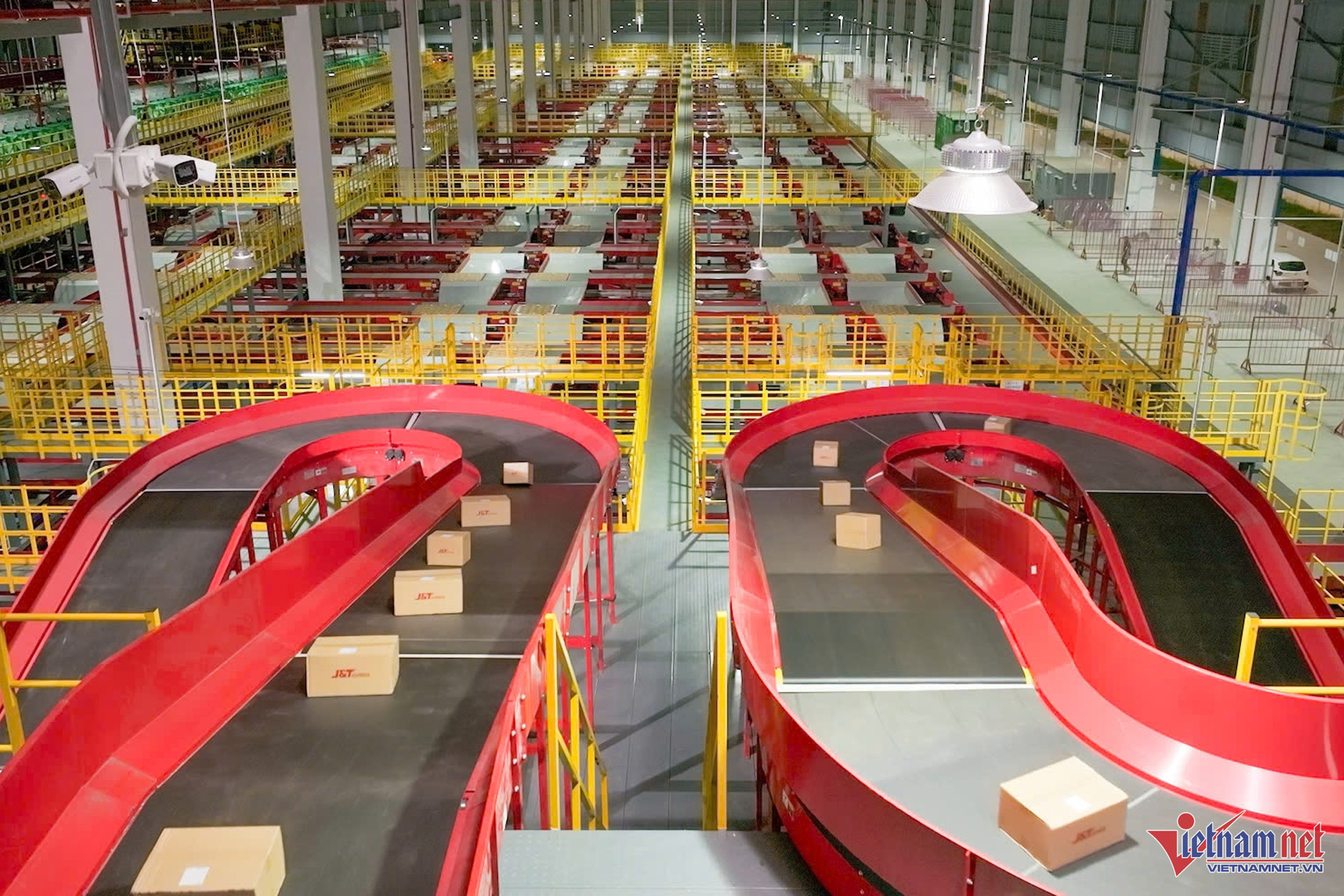
Vietnam is prioritizing the development of logistics infrastructure to transform the sector into a key economic driver. With rising e-commerce demand and advancements in technology, the logistics industry is poised for significant growth. However, high operational costs remain a challenge that requires innovative solutions.
Opportunities and challenges in Vietnam's logistics industry
The Ministry of Industry and Trade reported in October 2024 that Vietnam's e-commerce market is expected to exceed $25 billion by 2025.
According to Tran Minh Tuan, Director of the Department of Digital and Social Economy under the Ministry of Information and Communications, "E-commerce has become and will remain a key driver of the digital economy. The goal of e-commerce contributing 10% of total retail revenue by 2025 is entirely feasible with current growth rates."
This surge is fueling robust growth in Vietnam’s logistics sector, particularly in express delivery services, as consumers demand faster, more reliable, and precise shipping.
J&T Express noted that express delivery services in Vietnam have experienced remarkable expansion. Similarly, Viettel stated that the global logistics market was valued at $9 trillion in 2023, projected to double to $18.23 trillion by 2030, with Asia-Pacific leading as the largest and most dynamic region.
Vietnam has solidified its position among the top 10 emerging logistics markets worldwide. Despite this, logistics costs in Vietnam remain high, averaging 16–17% of GDP - significantly above regional and global benchmarks.
Bottlenecks and the need for technology
High logistics costs are attributed to a lack of integration across transportation methods and limited adoption of advanced technologies. These inefficiencies hinder the industry's potential for comprehensive growth.
Recognizing these challenges, Viettel and J&T Express have spearheaded technology-driven initiatives to address inefficiencies and reduce costs.
In January 2024, Viettel inaugurated Vietnam’s first smart sorting technology hub. The facility, equipped with cutting-edge automation, underscores Viettel’s commitment to leading the nation’s logistics technology transformation.
Key features include:
Autonomous robots (AGVs): These sort goods autonomously.
Wheel Sorter Matrix and Cross-Belt Sorter systems: These systems manage bulk sorting efficiently.
With over 40 entry/exit points and nearly 1,200 sorting gates, the hub can process 1.4 million parcels daily - 40% higher than previous capacities. This boosts Viettel Post’s overall handling capability to 4 million parcels daily, meeting 50% of Vietnam's e-commerce demand.
The facility reduces human resource costs by 60%, nearly eliminates errors, and shortens delivery times by 8–10 hours, tripling output efficiency.
In January 2025, J&T Express launched a new logistics center in Hanoi, its largest in northern Vietnam. Spanning 38,000 square meters, the facility features:
23 inbound and 150 outbound gates: Optimized for rapid sorting and distribution.
Automated systems: Equipped with DWS (Dimension Weight Scan) systems to scan barcodes, measure weight, and verify dimensions.
E-logistics technology: Automatic sorting matrices and cross-belt systems achieve sorting accuracy rates of 99%.
These advancements have reduced processing times for parcels to just 3–5 minutes, increased operational efficiency by 30 times compared to manual labor, and significantly lowered costs.
Phan Binh, J&T Express’s Brand Director, highlighted the benefits of these technological upgrades: "Our new center not only enhances delivery experiences but also expands services like same-day and on-demand delivery. This positions us to meet current needs and capitalize on the future boom of Vietnam’s e-commerce market."
As Vietnam’s logistics sector grows alongside its burgeoning e-commerce market, technology-driven solutions are essential to overcoming high costs and inefficiencies, paving the way for the industry’s continued expansion.
Van Anh